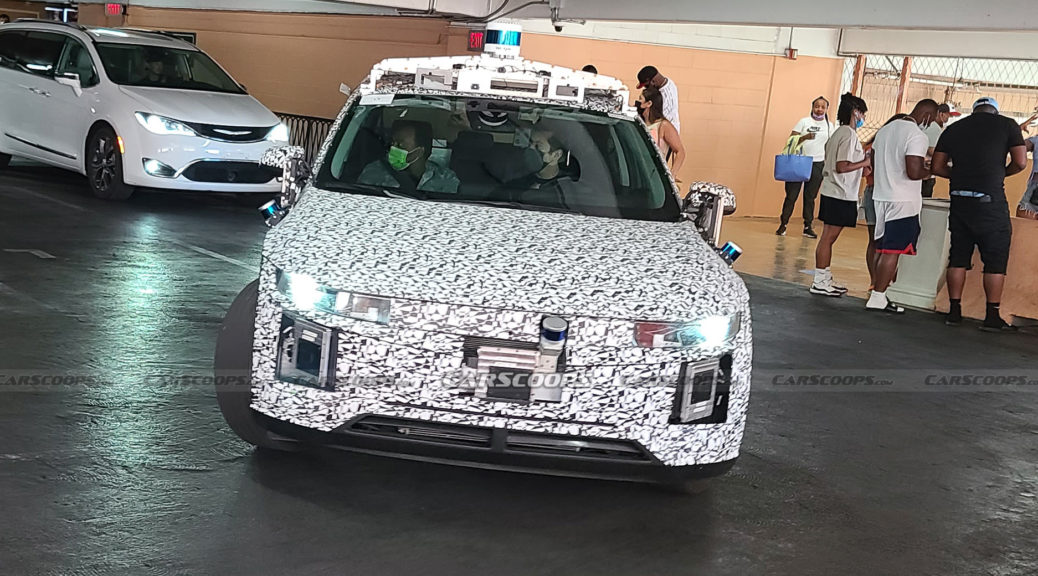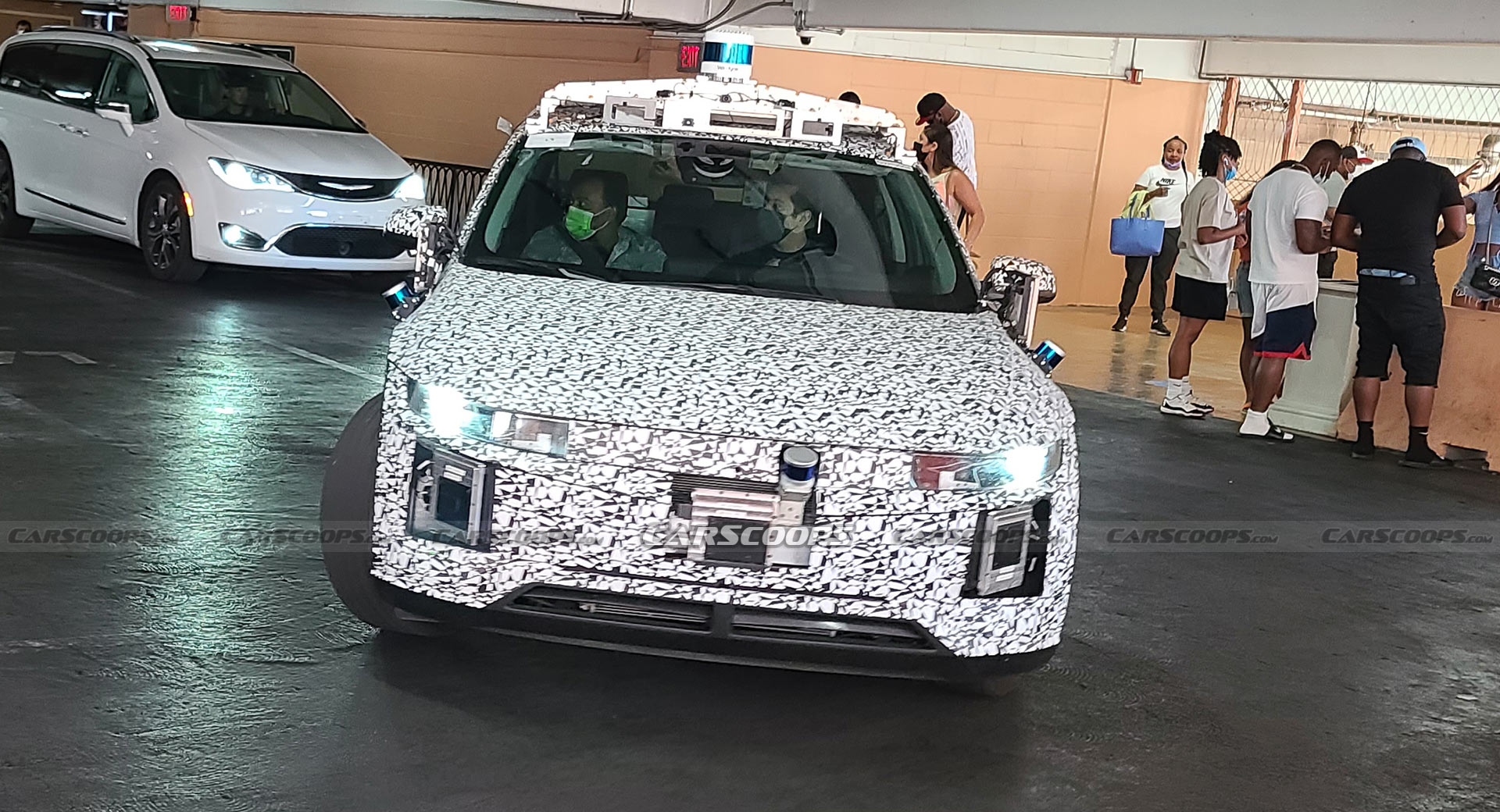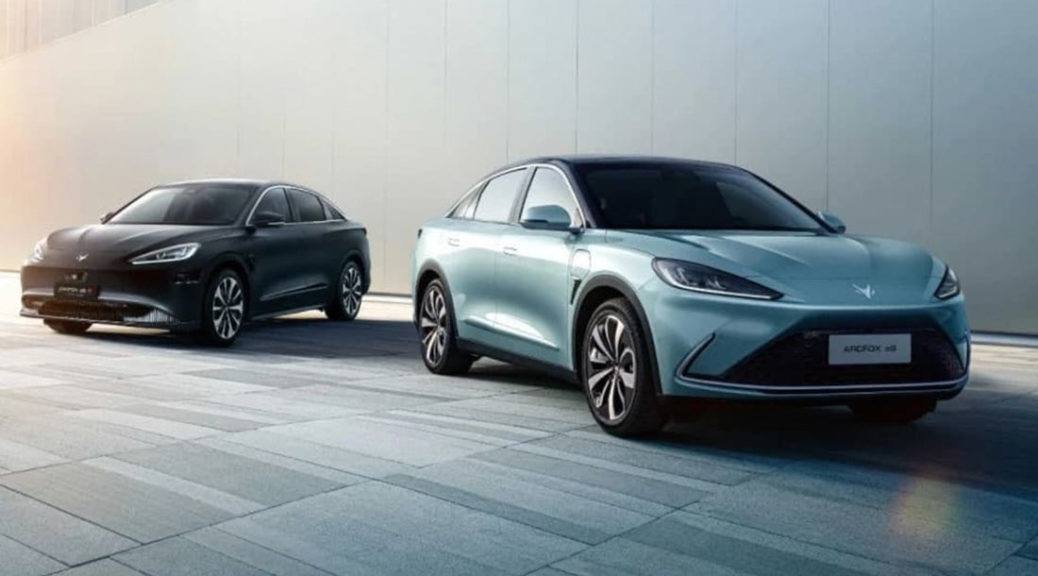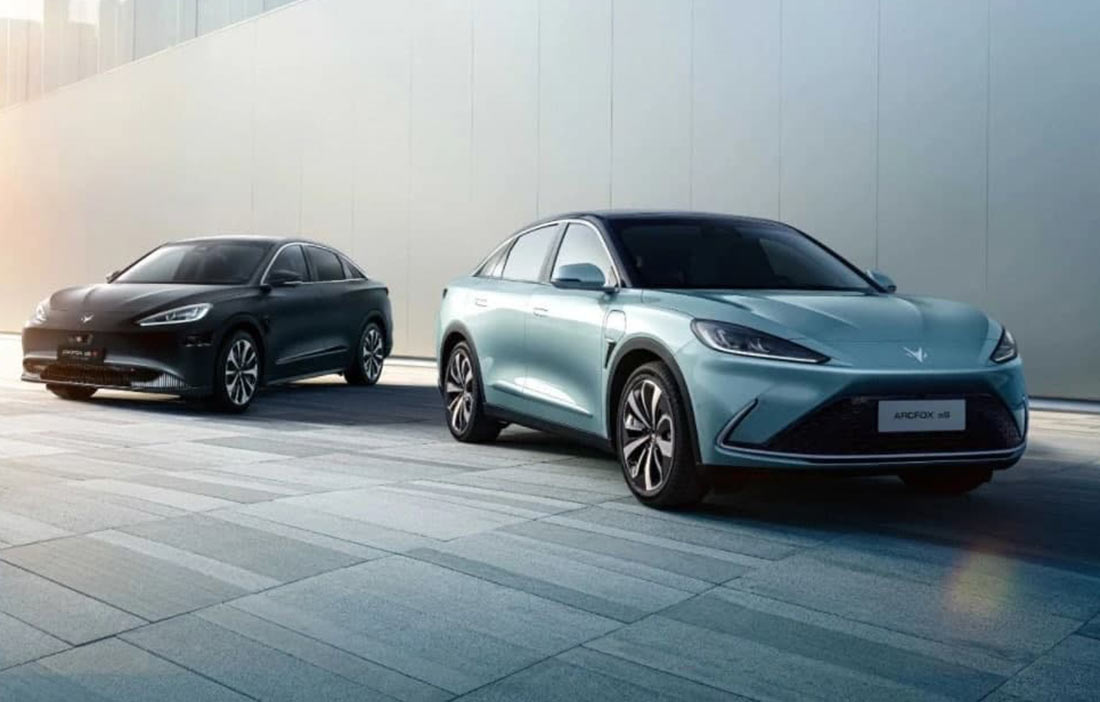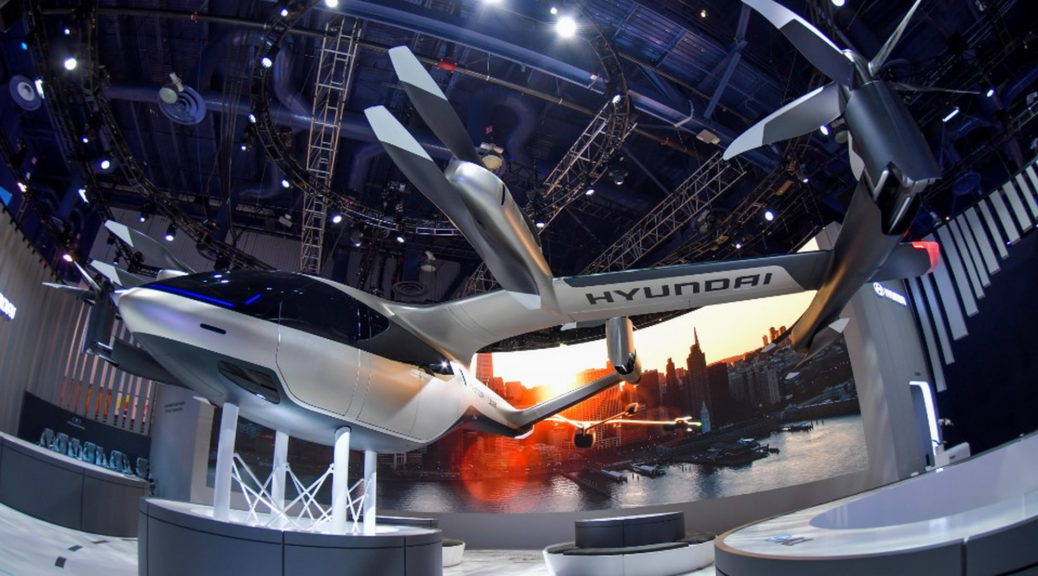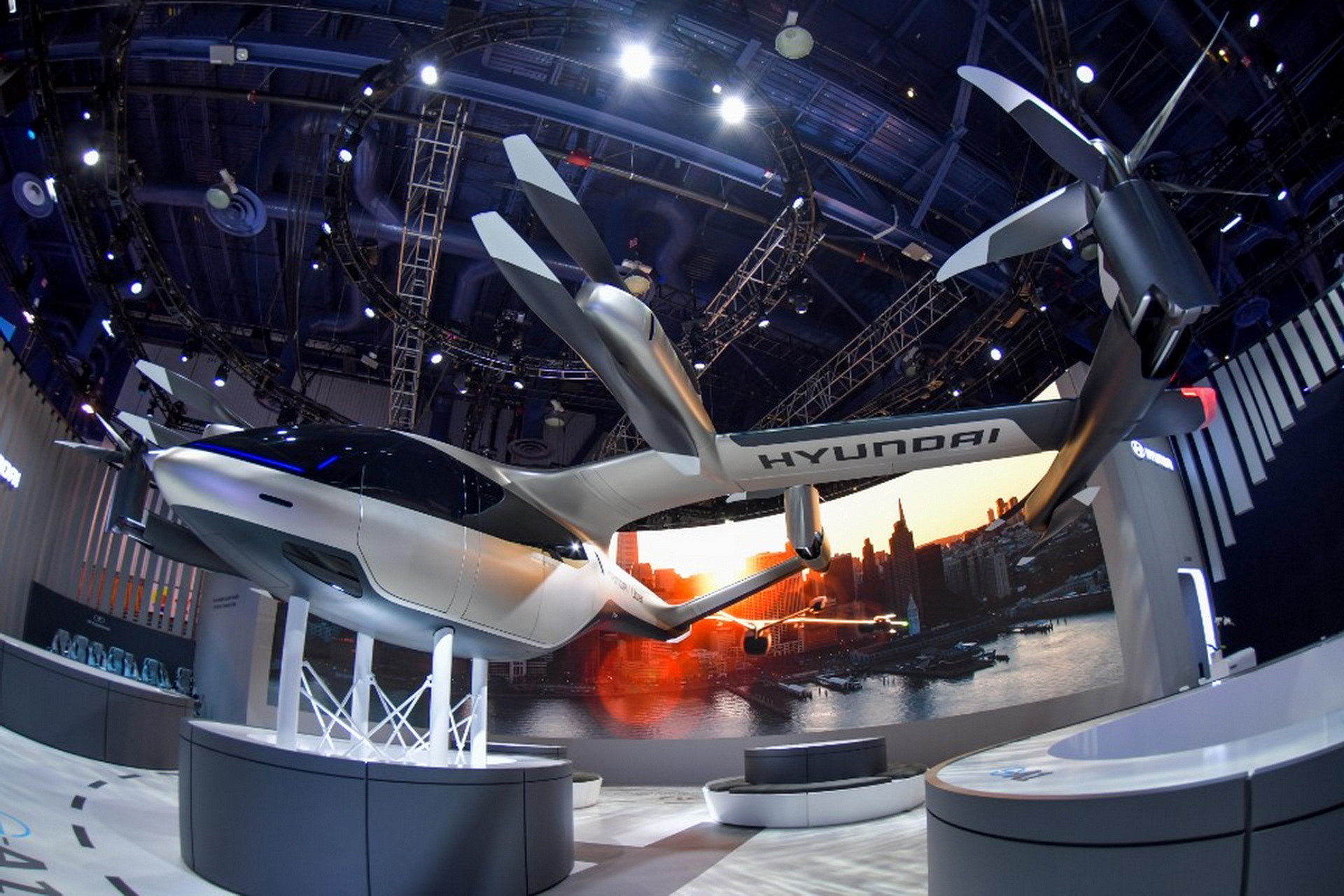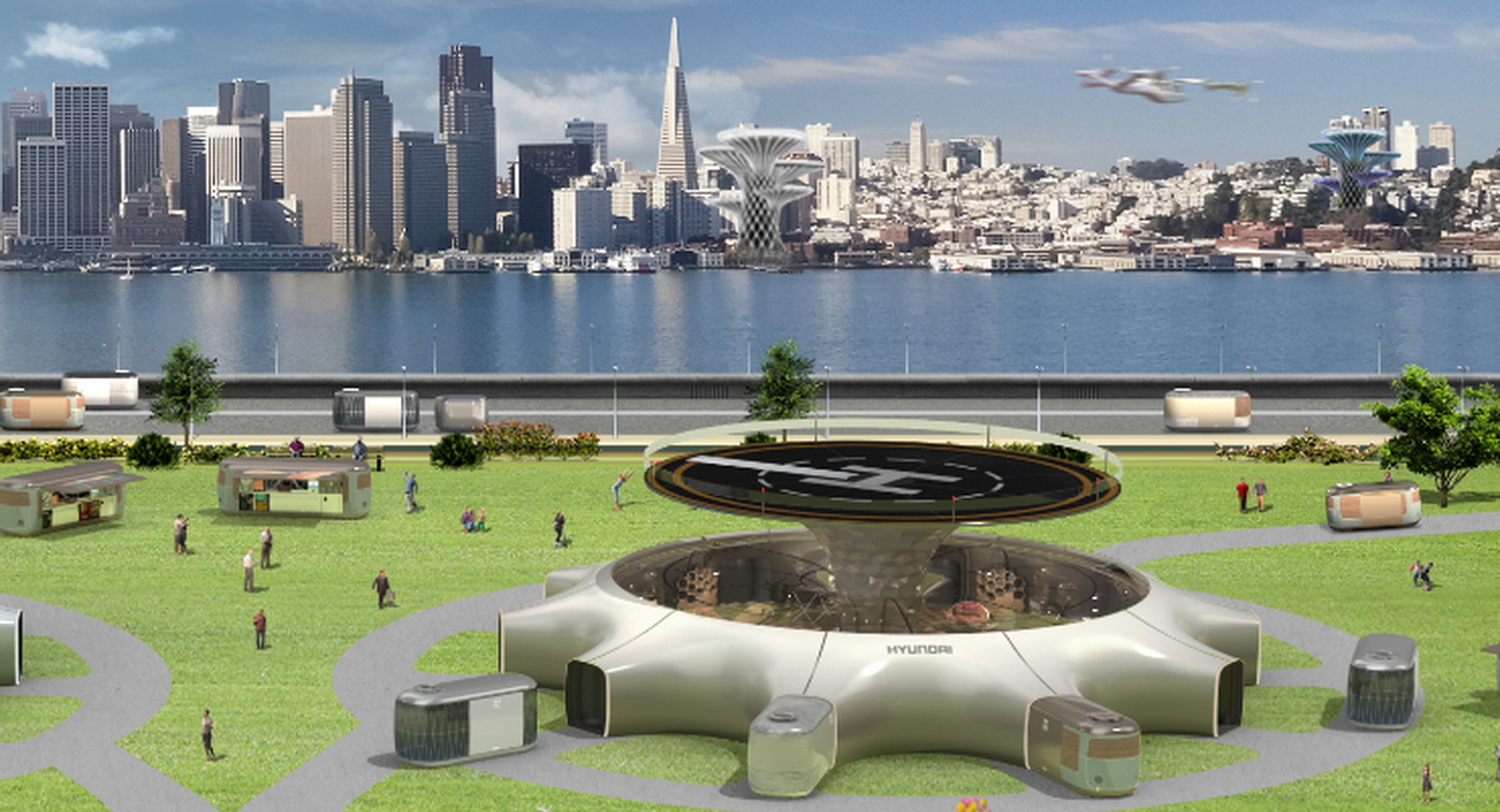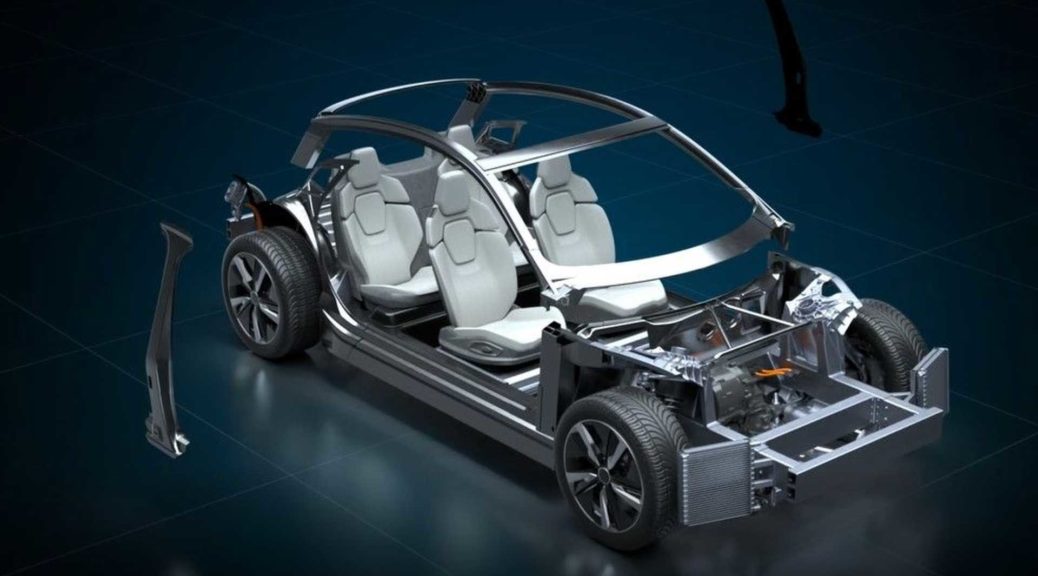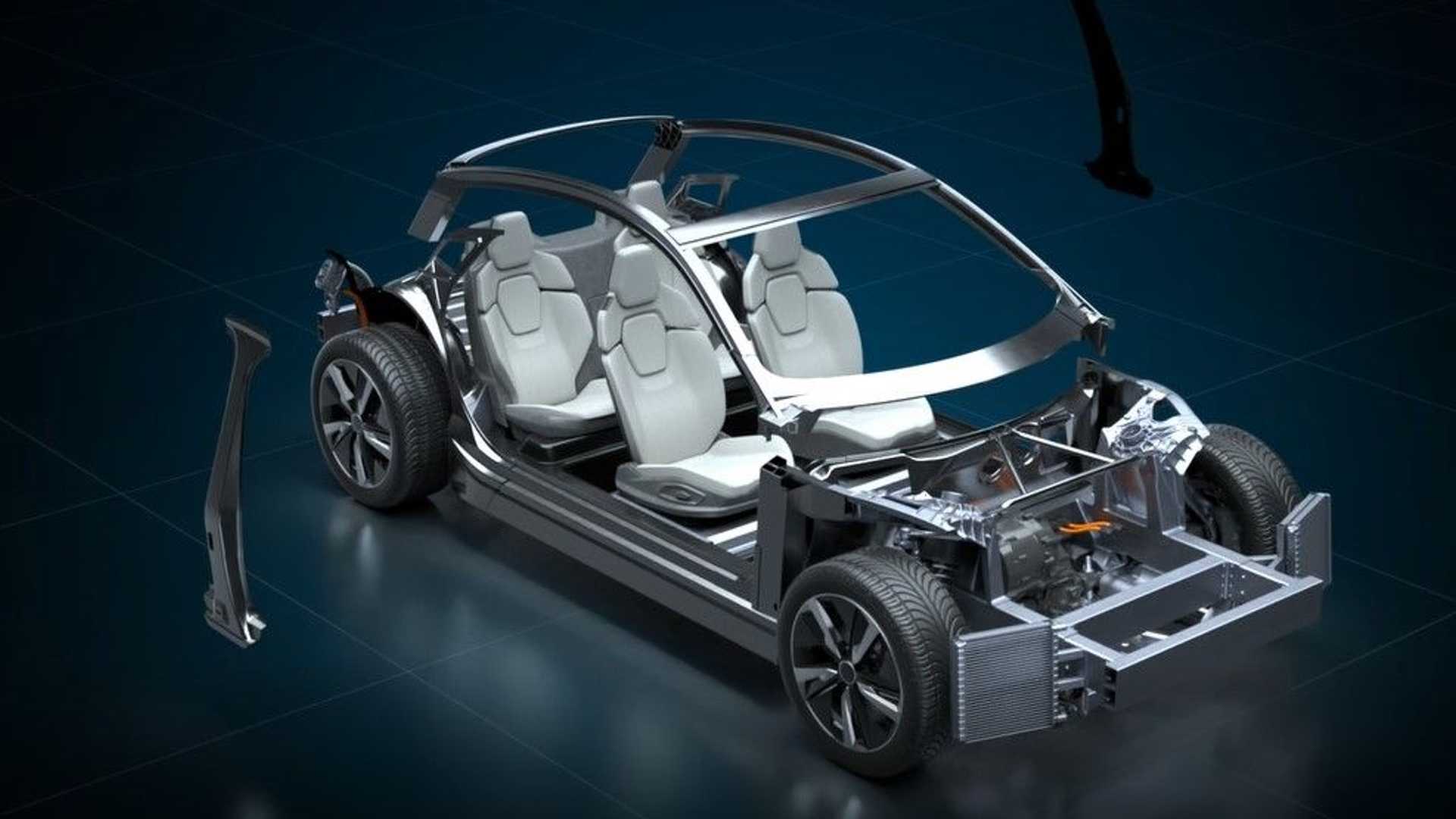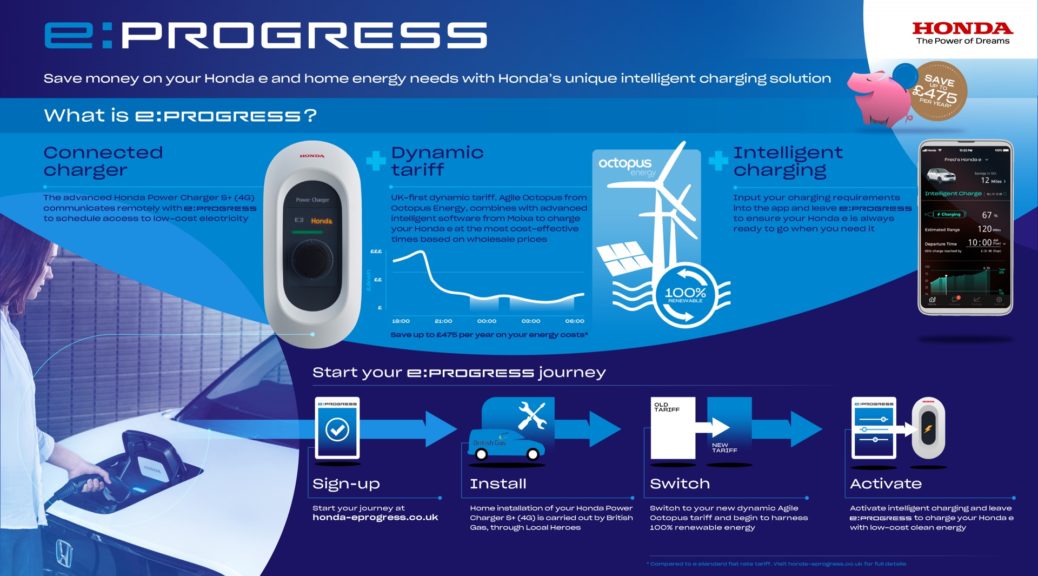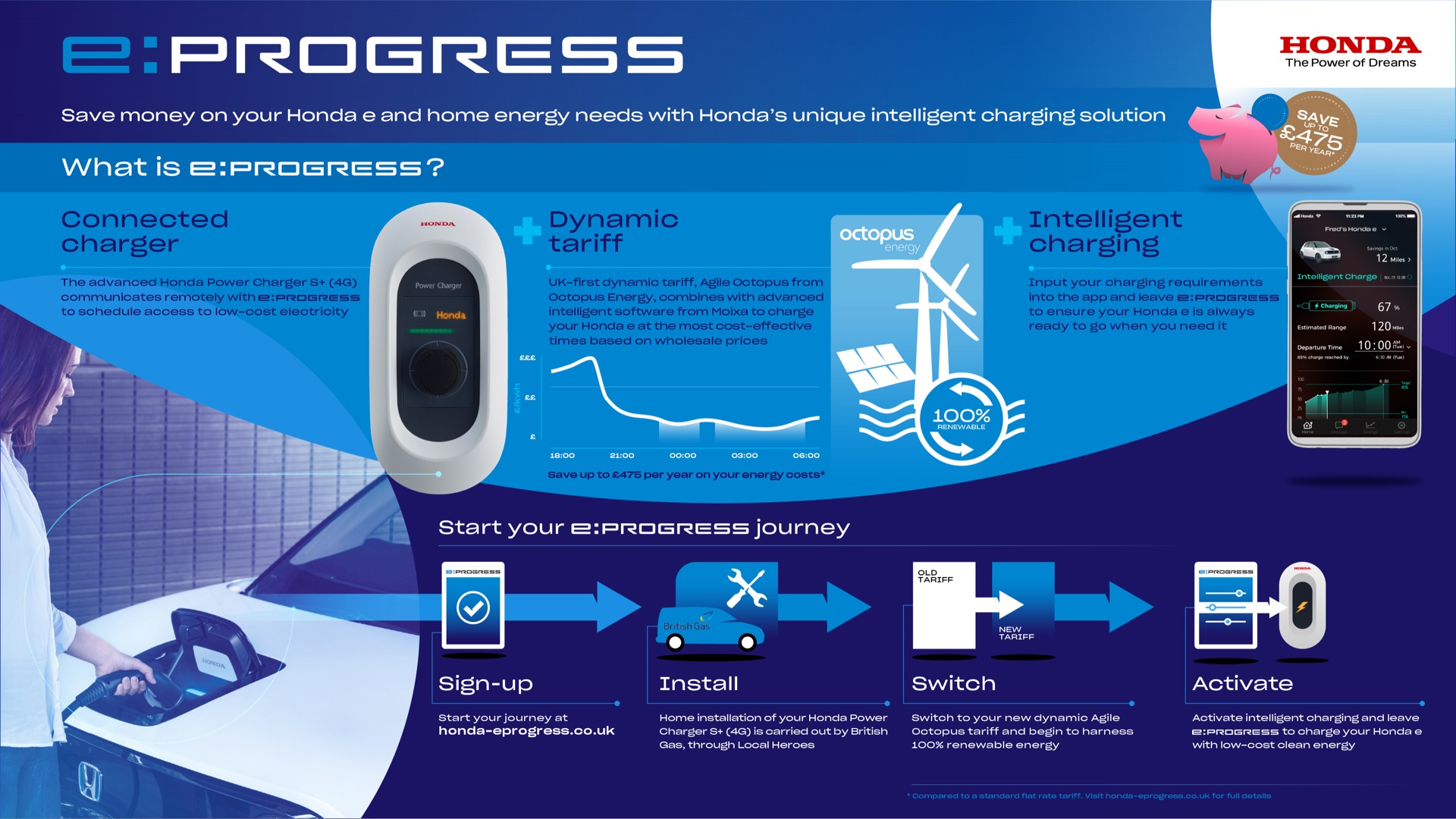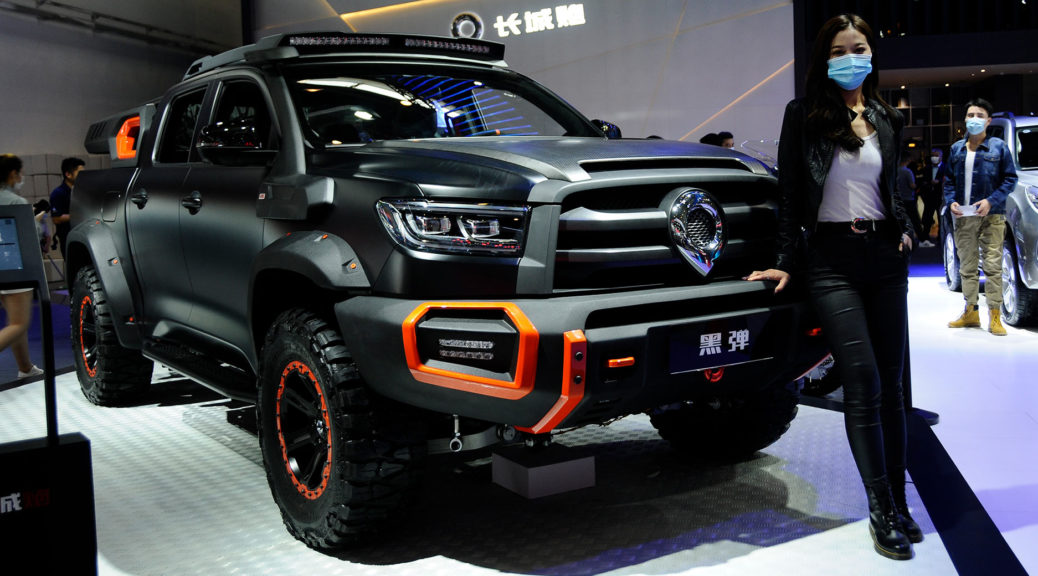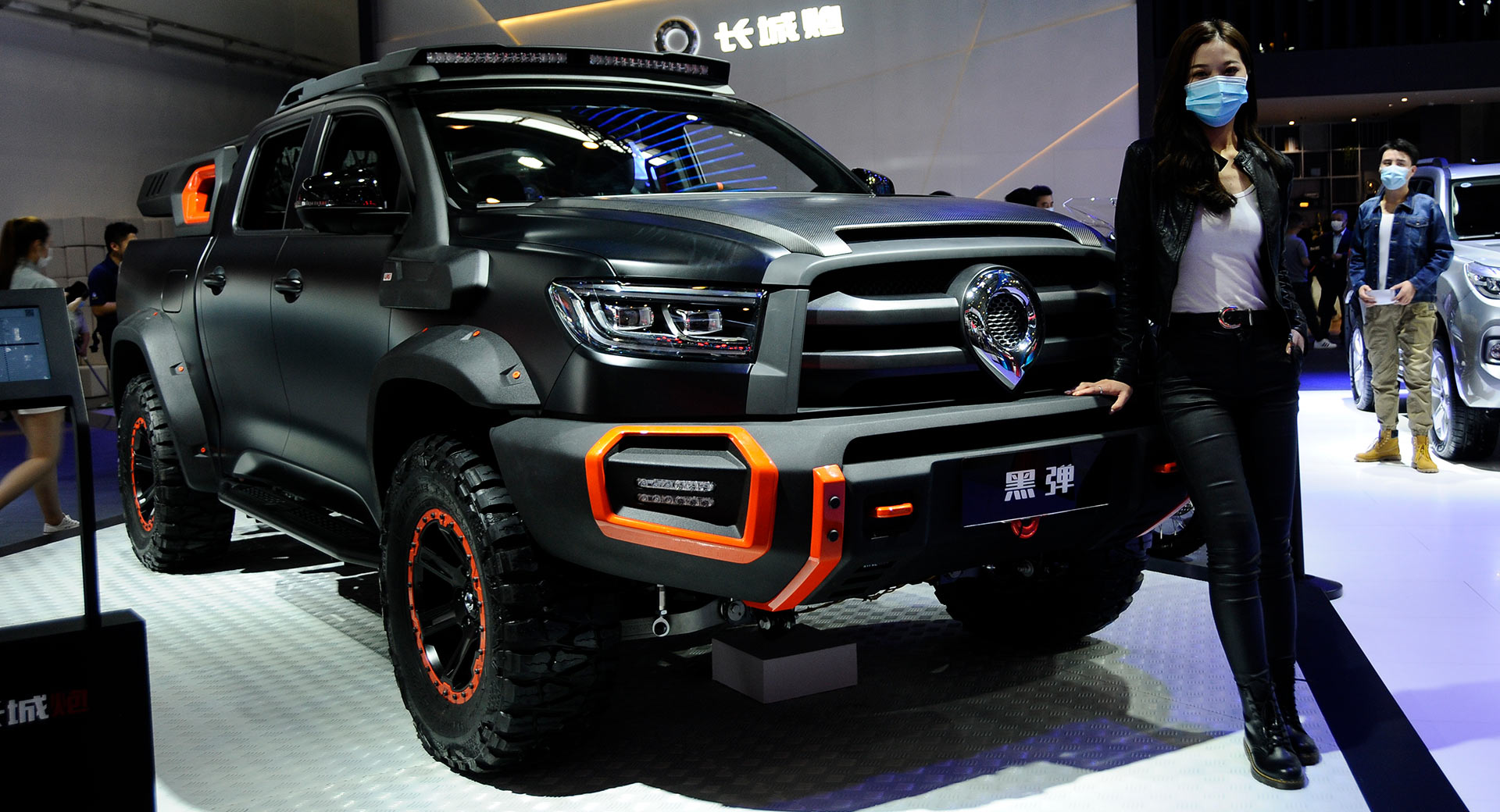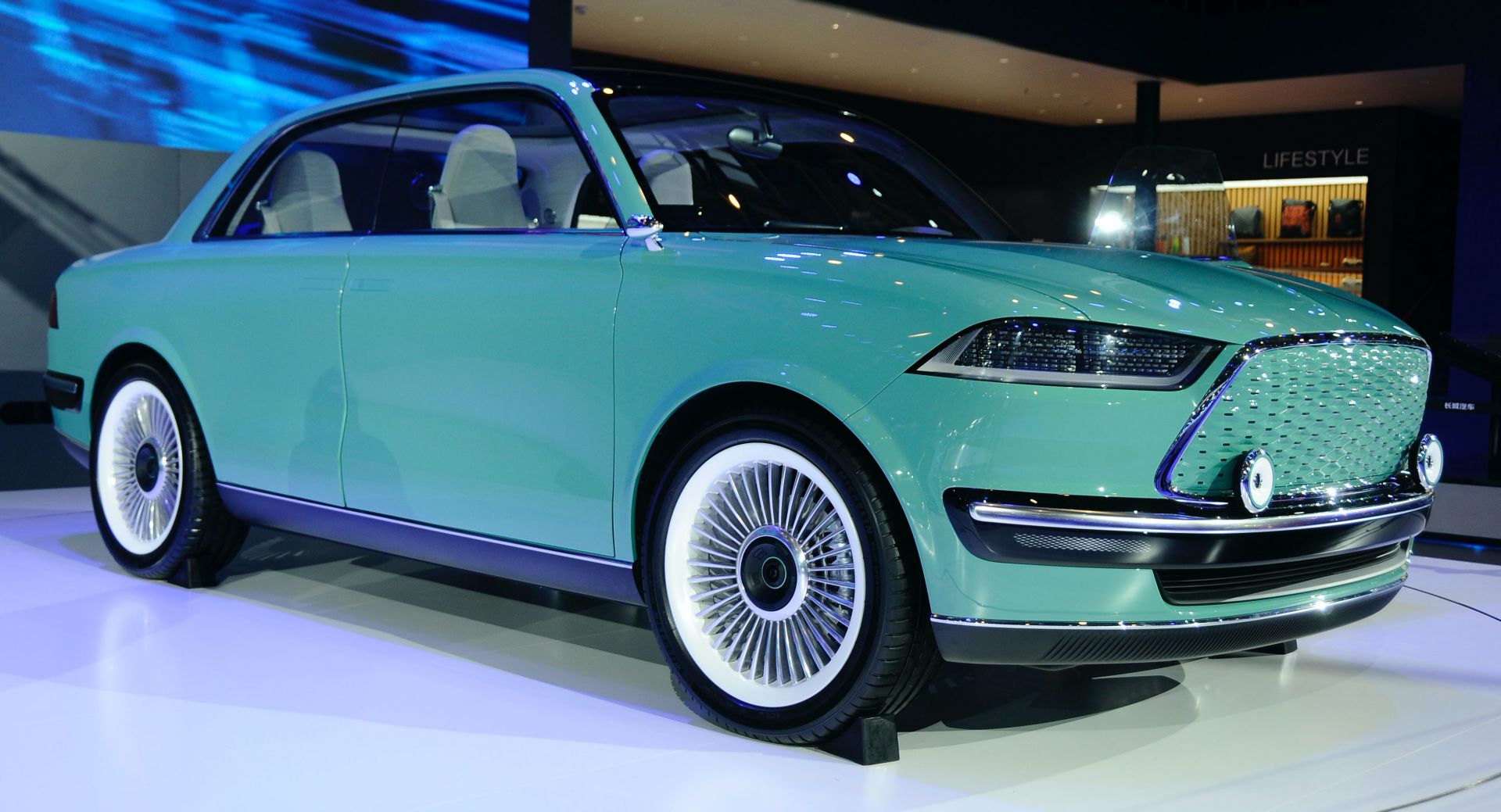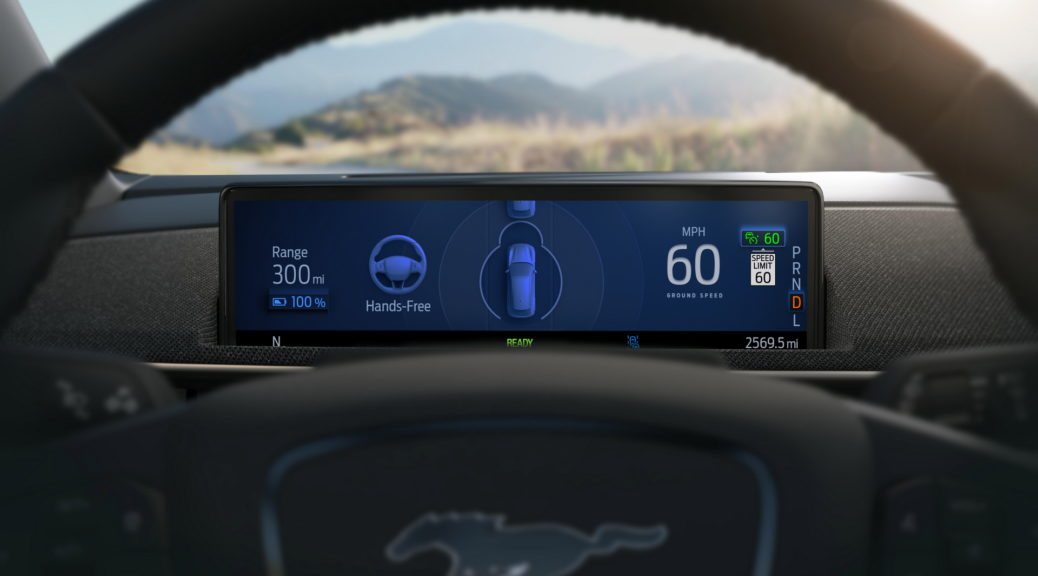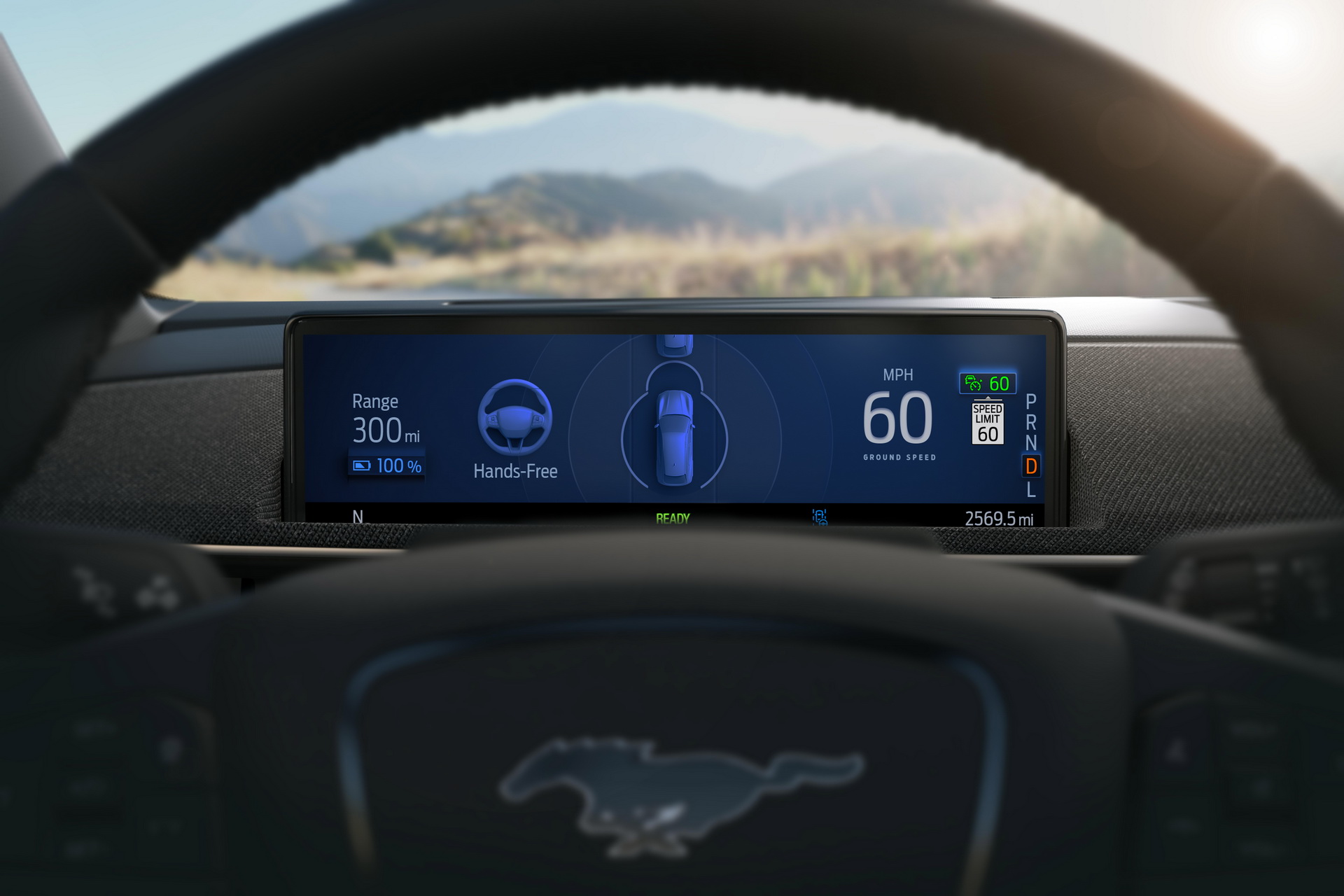Just a few days after Motional unveiled its Hyundai Ioniq 5-based robotaxi at the Munich Motor Show, a prototype has been spied by a CarScoops reader several thousand miles across the Atlantic on American shores.
This heavily-camouflaged prototype was spied testing at an airport in Las Vegas and certainly appears to have turned quite a few heads. It is equipped with an array of sensors previewed through renderings released by Motional last month.
Read More: Hyundai Ioniq 5 Robotaxis With Level 4 Autonomous Tech Coming To Lyft In 2023
The Ioniq 5 robotaxi has no less than 30 sensors that includes a host of cameras, radar, and LiDAR. Sensors can be seen on the roof of the car, as well as its front fascia, front quarter panels, and rear-end. A driver was pictured behind the wheel controlling the car but when development of it is complete, Motional hopes to remove the driver completely and use a remote vehicle assistance as a safety redundancy, allowing a remote operator to control the robotaxi in the event of something unexpected happening.
“For the Ioniq 5-based robotaxi, we have applied various redundancy systems, in addition to a suite of essential technologies to ensure safety and convenience of the passengers,” head of the Autonomous Driving Center at Hyundai Motor Group, Woongjun Jang recently said in a statement. “By successfully integrating the Group’s Ioniq 5 Robotaxi with Motional’s autonomous driving technology, we are proud to announce that we have achieved another important milestone on the road to the commercialization of our robotaxi.”
The vehicle will begin to transport passengers in 2023 through a partnership with ride-hailing giant Lyft, meaning Motional and Hyundai still have plenty of time to get the autonomous EV ready for launch.
Thanks to Aditya Gaur for the photos!

